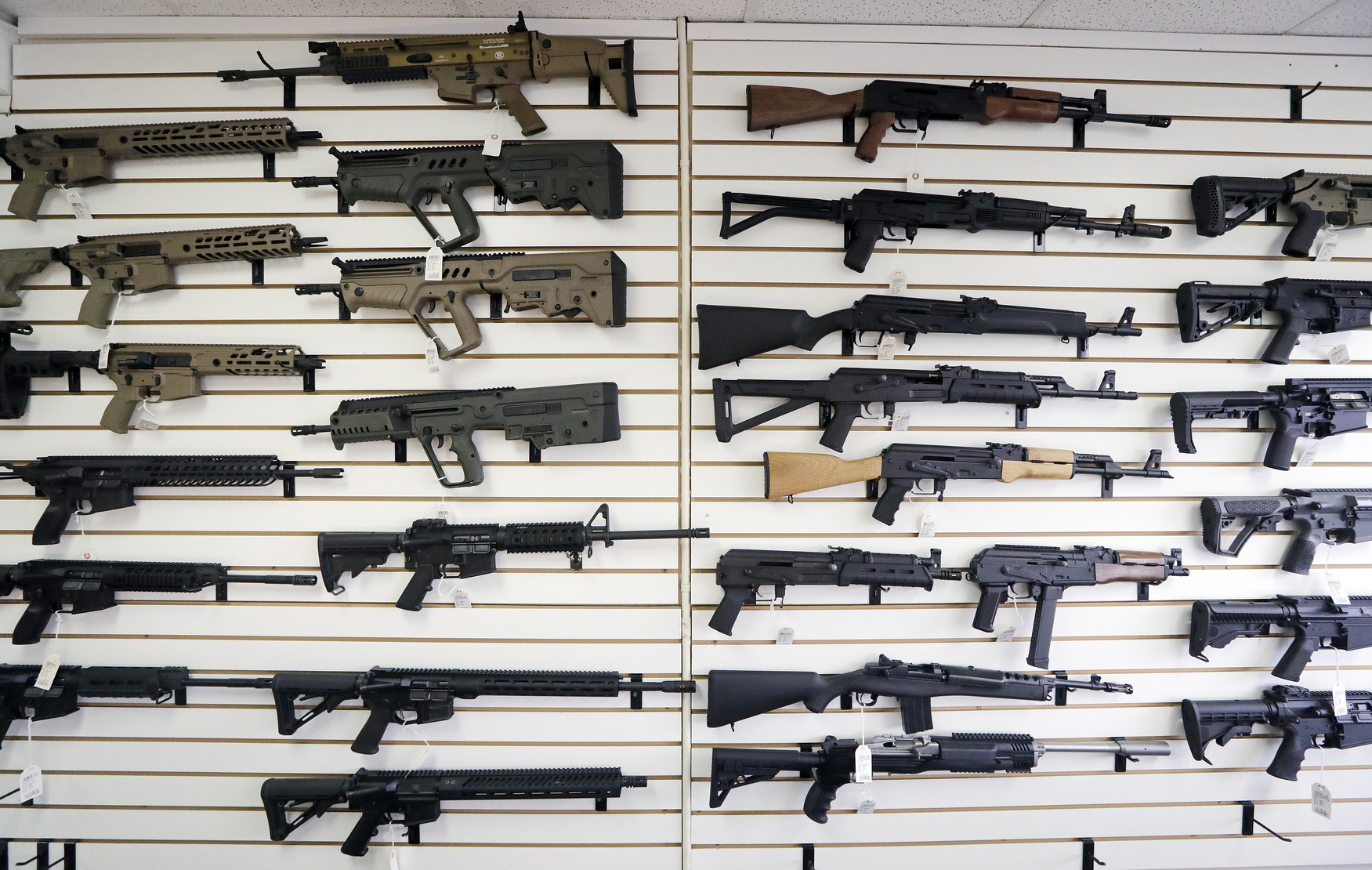Whenever there’s a shooting, there are certain questions reporters expect to answer. Where did it occur? Who are the victims? Who is responsible? These details help communities reorient in the aftermath of sudden traumas and in the aggregate can help cities decide how to deploy violence prevention resources.
But there’s one piece of information that’s often missing from coverage of shootings: Where the gun was sold. A reader asks:
“Why don’t media reports include information on where the gun was purchased? Clearly there is more to investigate about gun trafficking patterns. And consumers deserve information to be able to pick a responsible gun shop.”
Simply put, reporters generally don’t write about where crime guns were sold because they don’t know — that information is rarely made public. Police departments either don’t have the information themselves or don’t think it’s relevant enough to share with reporters. And the federal government argues that sharing such data with the public is a violation of the law.
The information connecting a recovered gun to the store where it was sold comes from what’s known as a “gun trace.” A gun trace is exactly what it sounds like: a process by which law enforcement — specifically, the Bureau of Alcohol, Tobacco, Firearms and Explosives — traces a firearm back to its original purchase. A trace typically identifies the manufacturer that built the gun, the retailer who sold it, and the person who bought it. Police can use this information to identify shooting suspects or gun traffickers, and can analyze traces collectively to spot gun stores with a pattern of supplying criminals.
But in practice, local law enforcement agencies don’t use trace data nearly as routinely as the ATF would like them to. So in some cases, there is a simple explanation for why departments rarely share trace information with the public: They don’t have it. An investigation we published in November with NBC Bay Area revealed hundreds of departments across California had neglected to trace thousands of recovered firearms dating back to 2010. Some didn’t even know what a gun trace was.
Even for those departments that do trace guns, the information that traces turn up is not always useful. Guns last a long time, and they often change hands. Knowing who purchased a gun 30 years ago, for example, might not shed light on a shooting carried out with the weapon yesterday. ATF data shows that a little more than 51 percent of all guns recovered by police in 2020 were sold more than three years before their recovery. On average, crime guns had a time-to-crime, as that window is called, of seven years.
Of course, the reluctance of law enforcement agencies to volunteer information is not a deterrent to journalists. Public information laws enable just about anyone to compel public agencies to disclose a large amount of information about their work. And for decades, any journalist or member of the public could request gun trace reports from the federal government without a hitch.
In the late 1990s, gun violence prevention organizations, civil rights groups, and families of shooting victims used publicly available trace data to hold gun companies accountable for gun violence through the courts. More than 40 cities filed suits, each naming several major gun manufacturers and retailers.
The lawsuits were costly to the industry, and efforts to pin liability for thousands of gun deaths on gunmakers threatened severe reputational damage. Win or lose, gun companies worried that protracted court battles could spur a regulatory fever, which could cut into their profits.
In response, gun industry interest groups — including the National Rifle Association and the National Shooting Sports Foundation — went to work on a shield. They lobbied Congress for protections that would immunize gun companies from litigation, and in the early 2000s, then-U.S. Representative Todd Tiahrt of Kansas proposed a rider to Congress’s annual budget appropriations act that would bar the ATF from releasing trace data to the public. It conditioned the agency’s funding on its refusal to disclose trace data to anyone outside of law enforcement. In 2003, it became law. In 2004, Congress expanded the prohibition to limit the admission of trace data in civil lawsuits.
Today, the ATF requires any police department interested in requesting gun traces to sign a memorandum of understanding wherein they promise not to give trace data to any third party without explicit ATF approval. The Tiahrt amendment and associated memoranda have kept trace data under lock and key.
The legal force of these agreements is questionable, and police departments have not always abided by them. The City of Chicago, for example, published a pair of sweeping gun trace reports in 2014 and 2017, in which they named the gun dealers responsible for selling large numbers of firearms recovered by city police. (The ATF publicly denounced the publication of the 2017 report, and no similar report has been published since).
The ATF argues that releasing trace data can interfere with ongoing criminal investigations, keying unsuspecting dealers to their presence on de facto law enforcement watch lists. But this is a relatively new tack: The ATF did not ask for Tiahrt to be passed. Bradley Buckles, the ATF director at the time the amendment was signed into law, told a Washington Post reporter in 2010 that its passage caught him by surprise. “It just showed up,” he said. “I always assumed the NRA did it.”
Journalists have challenged Tiahrt in court with varied success. One suit, filed by Reveal at The Center for Investigative Reporting on behalf of reporter Alain Stephens, who now works for The Trace, led to a ruling that Tiahrt’s disclosure restrictions do not apply to statistical aggregate trace data, like the total number of guns recovered by a specific store in a specific year or the most common types of weapons recovered from crime scenes. A subsequent ruling in another federal court threw this conclusion into dispute, stalling attempts at requesting such information until the U.S. Supreme Court settles the conflict.

